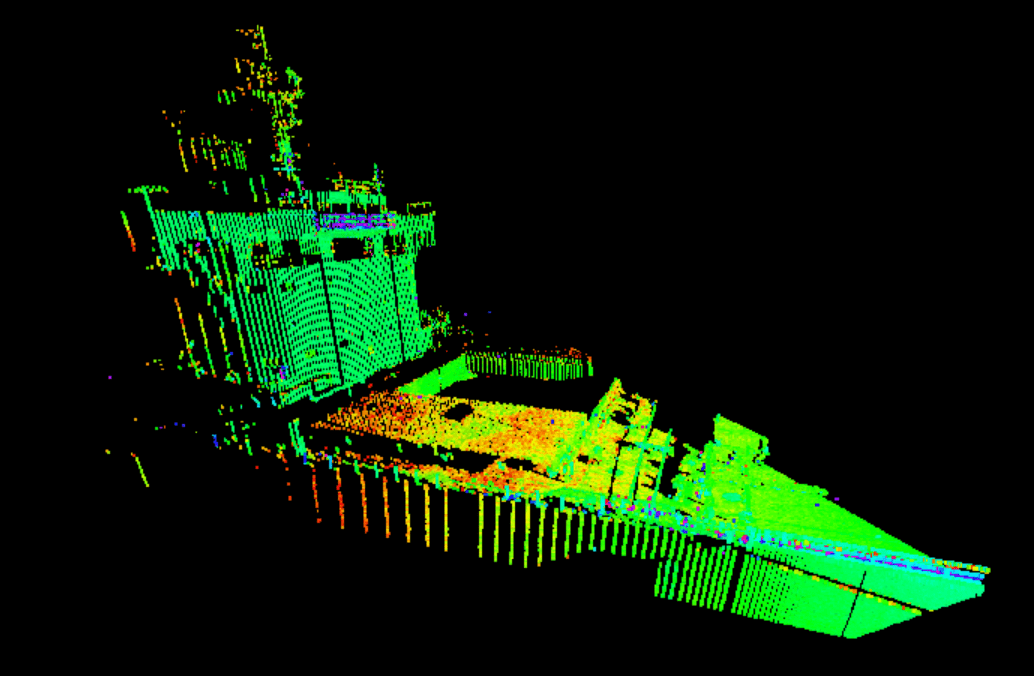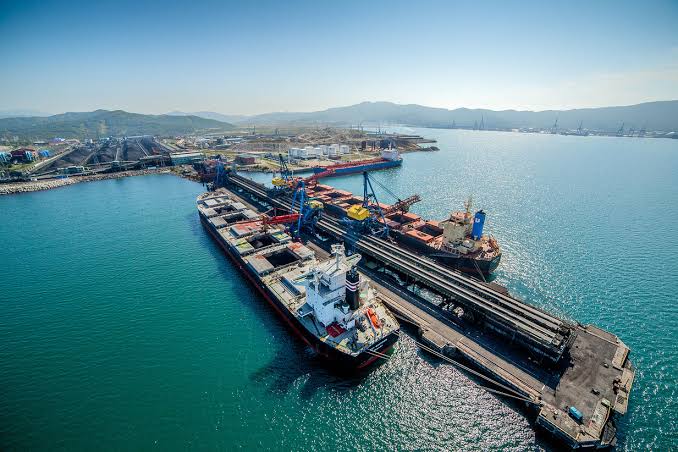Vessel drift detection from point clouds

Frontier Automation offers a 3DPortGuard product where they use lasers to detect and control a vessel movement and drift. They wished to know if machine learning could ingest point-clouds and provide a more robust estimate of a vessel’s drift.
The latency and
Under certain circumstances, it can deliver additional robustness to some of the situations that real-world deployment can throw at you, such as completely new vessels or vessels with very few unique features.
We think that machine learning, particularly un-gridded approaches, has a lot of potential for processing point clouds, particularly when you need results faster than a human can provide, with more robustness, or scale at a lower cost than human labeling.


